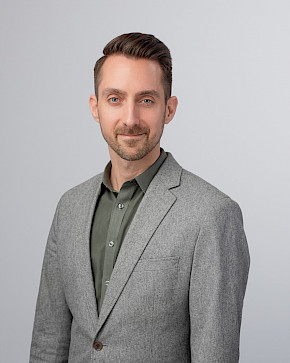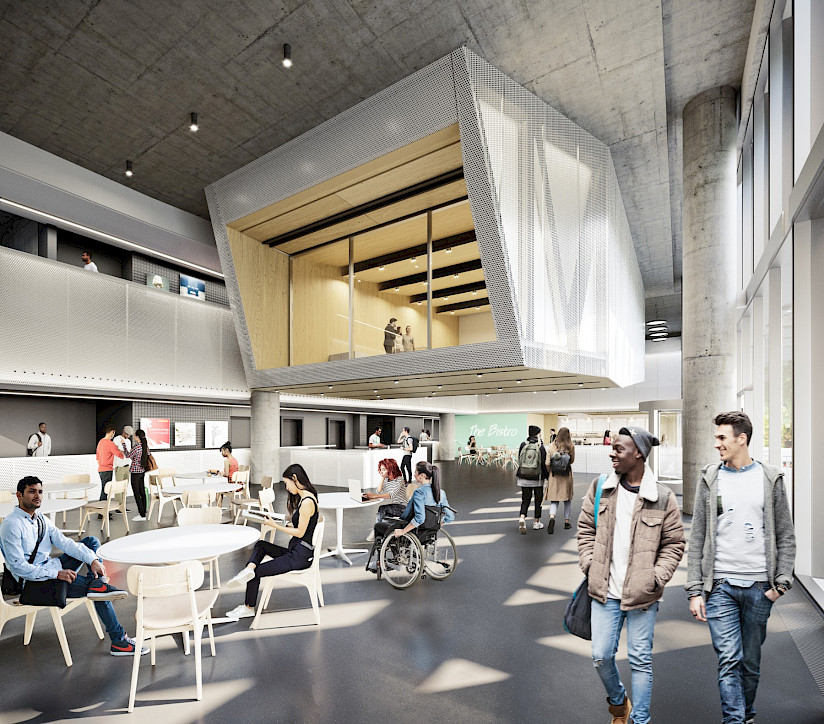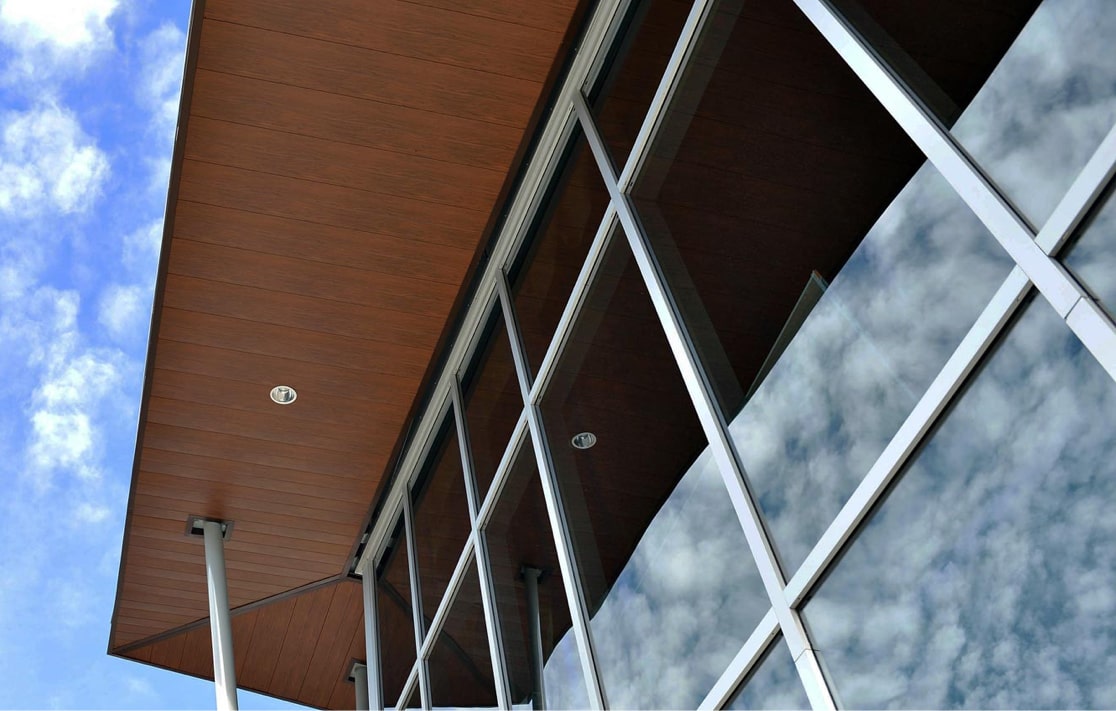June is Pride Month, a time when we celebrate the 2SLGBTQI+ community, culture, and contributions.
Pride’s roots start at the Stonewall Inn, a space where the New York City Queer community could be themselves without repercussion The protest was in response to police raids and was a major turning point in the gay rights movement and fought back on repressive bans. The first Pride celebration was born the following year as an annual reminder to commemorate an essential moment of activism. One year after that, the first Canadian Pride protest occurred when roughly 100 people gathered in Ottawa to protest for equal rights and protection.
Today, supplier diversity is used as a business tool, commonly requested on RFPs from clients and subtrades, to ensure equity in economic opportunity. In our business we are seeing a rise in supplier diversity and impact organization procurement requests., We are proud to partner with supplier diversity organizations like Canada’s 2LSBGTQI+ Chamber of Commerce (CGLCC), who exist to support queer-owned businesses and help them break barriers with diverse supplier certifications and connections to companies interested in diversifying their supply chain. We spoke to Tony Osborn, principal architect at TOAD, about why he decided to have his business certified through CGLCC. “Throughout my career, it’s become a much more comfortable place for people to be out and proud about who they are,” said Tony. “There’s been a big change within the last three to five years within the AEC industry. The industry has become more supportive of people being open about who they are, I’ve seen a lot more discussion around acceptance.” Many clients are including CGLCC and other social impact certifications or requirements on RFPs to help create a positive economic impact for marginalized communities.

With increasing threats to human rights for many members of the 2SLGBTQI+ community worldwide, it’s becoming more important to empower queer community members socially, politically, and economically. Even though the queer community continues to fight for rights and acceptance, Institutions like Lasalle College in Vancouver are leading the way through inclusive design. Tony, TOAD, and Lasalle College partnered to redesign the campus to include best in class inclusive design. “Our work with the college has been very deliberate about wanting to install gender neutral washrooms everywhere. There won’t be a single gendered washroom in the school, largely so that the college can guarantee to perspective students that they’re creating a fully inclusive space. We’re working to create zones that make occupants feel safe and accepting to everyone,” Tony said, “it’s reassuring that this has been a priority from the school since day one.” The college will be designed to Rick Hansen Gold certifications, and accessibility is a main priority. Tony continued to say that his company’s other clients are also recognizing the importance of inclusive physical design and creating spaces that welcome everyone.

There have been leaps and bounds since the first Pride celebrations in the early 1970s, however; there is still work to be done. But what can we do as an industry? “Ensuring that everyone has a seat at the table and making sure workplaces are accessible to all identities will increase visibility, offices and job sites need to be representative of the cross-section of society,” Tony said. Nicole Monaco, director of marketing and communications at Chandos elaborated, “It’s not uncommon for some 2SLGBTQI+ community members make a conscious decision to be invisible, but the safer and welcoming a space or industry is, the more visible people can be. People can stand up and say, ‘I’m here and I’m accounted for.’” Breaking barriers through visibility will not only improve our current industry but also improve it for future generations of AEC industry members who are also in the 2SLGBTQI+ community. It’s important for people to see there are folks working in the industry and that there is a safe space for a diverse range of people.
Since 1980, the year we established, inclusion has been one of our core values. It’s a commitment to all of our employees, partners, and fellow industry members that they can be visible, themselves, and safe here. When we created our diversity, equity, and inclusion strategy, we understood the need to balance people and profit, that’s how we recognized the need for social procurement and working with impact organizations like CGLCC. We’ve committed to shift at least five per cent of our addressable spend to social enterprises, diverse-owned businesses and other impact organizations by 2025.
